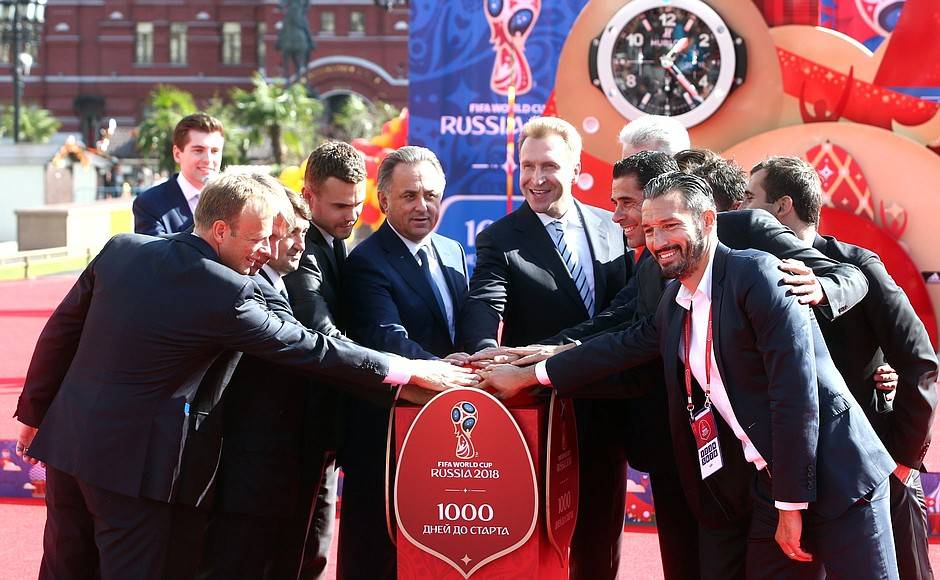Technology in Football: Yes or No? It’s one of the biggest talking points today. While supporters of the tech innovations suggest that technology would significantly reduce referees’ errors, thus stopping injustices, some people believe that it would ruin the charm of the game.
“It’ll kill the football spirit!” the critics say. Tell that to England fans, who still mourn the shocking refereeing decision when Frank Lampard’s goal in the World Cup 2010 was wrongfully disallowed.
I’m not sure if the charm of a football game would be ruined, but I’m quite sure that refereeing mistakes, such as disallowed goal, destroy the enjoyment. By declaring that we just need better match officials, we’re not allowing real innovation to enter the sport. Frankly speaking, we have seen mistakes so many times (choose among many on YouTube) not to give innovations a leap of faith.
Injustices are the most important reason why we see more and more use of technology in sports. And this is exactly what awaits us with an exciting summer of football ahead of us. As FIFA World Cup 2018 in Russia is kicking off, we are witnessing the usage of various technological tools which are set to provide additional support to referees and give extra information to the teams.
The tournament has a number of technical innovations in play alongside the teams. For the first time in World Cups, we will see the use of VAR (Video Assistant Referee) which is supposed to help referees with decisions regarding goals, red cards, penalties and mistaken identity – these are multi-million dollar decisions that were left wide open to interpretation until now. With goal-line technologies, such as Hawk-Eye and Goal Ref, being used only for the second World Cup, it is clear that football is utilising technology more than ever before in its long history.
How does VAR work?
- The VAR recommends to the referee that an incident happened or referee asks for VAR’s help.
- VAR reviews video of an incident and advises the referee.
- Referee decides to rely on the information from the VAR or decides to review the video footage himself on the sideline before making their decision.
We have already seen VAR technology at work in English FA Cup, but the World Cup will be the ultimate test. According to FIFA, VAR will be used as an additional tool for referees to “correct clear and obvious errors and missed incidents in clearly defined match-changing decisions”. If it works well, it might mark the beginning of a technology era in football, as the possibilities are enormous.
What are the possibilities with the Internet of Things?
The Internet of Things (IoT) technology is a crucial element of generating innovative experiences and advances in the modern world. Accordingly, it is going to completely revolutionise any sport for players, coaches, event organisers and supporters over the coming decade. Together with the machine learning and the artificial intelligence, referees’ errors could be cut down to zero. So, no more refereeing mistakes, touchline oversights or goal-line blunders. Developments such as the Adidas ‘smart ball’ already indicate how this type of technology can be used to give players an instant feedback on how they strike the ball.
So, how does it work? For starters, sensors connected to an IoT Platform collect the data. The IoT Platform processes it in real time, notifying referee when anomalies or events of interest are detected (like ball crossing the goal line), without the need to interrupt the game. The IoT Platform also stores an extensive amount of data coming from the sensors, creating the flawless statistics and enabling detailed analysis of the match after it’s over, including team performance.
The IoT sets an endless variety of possibilities, and I’ll list some of them:
- Outs & Goals: Sensors in a ball could recognise if the ball is out of the field or if it crossed the goal line, and alarm the referee.
- Offsides: Sensors in players’ boots and the ball could reveal if ‘offside’ really occurred. With the help of the data about position of the ball, player’s feet and the position of offensive and defensive players, artificial intelligence could deduce if it was an offside or not.
- Foul plays: Artificial intelligence would be responsible for determining if there was a foul or not on the basis of the movement of a fouled player’s foot and the position of an opposite player’s feet.
- Foul position: The same principle would be used to determine where exactly the foul occurred and if it was a penalty or not.
Other than that, sensors could also help make football safer, meaning far fewer casualties, both among players and spectators. IoT-enabled sensors placed in wearables will ensure that stadium officials and police accurately track, analyse and manage movements of huge groups of spectators to avoid any overcrowding, thus reducing the risk of Hillsborough disaster happening ever again. On the pitch, sensors embedded in clothing or wearables are able to monitor players’ heart patterns; the IoT Platform immediately notifies club doctors if it detects anything out of the ordinary. This could help prevent tragedies such as the heart attack suffered by Fabrice Muamba, Bolton Wanderers midfielder, during a match in 2012. Despite making a full recovery, he was never able to play football again.
Let me finish with a conclusion – if your team is denied a penalty in Moscow this summer, I believe you’ll be happy with the additional check via new technologies. Even though it sounds like they might dehumanise football, chances for an unfair outcome are lower than ever.











